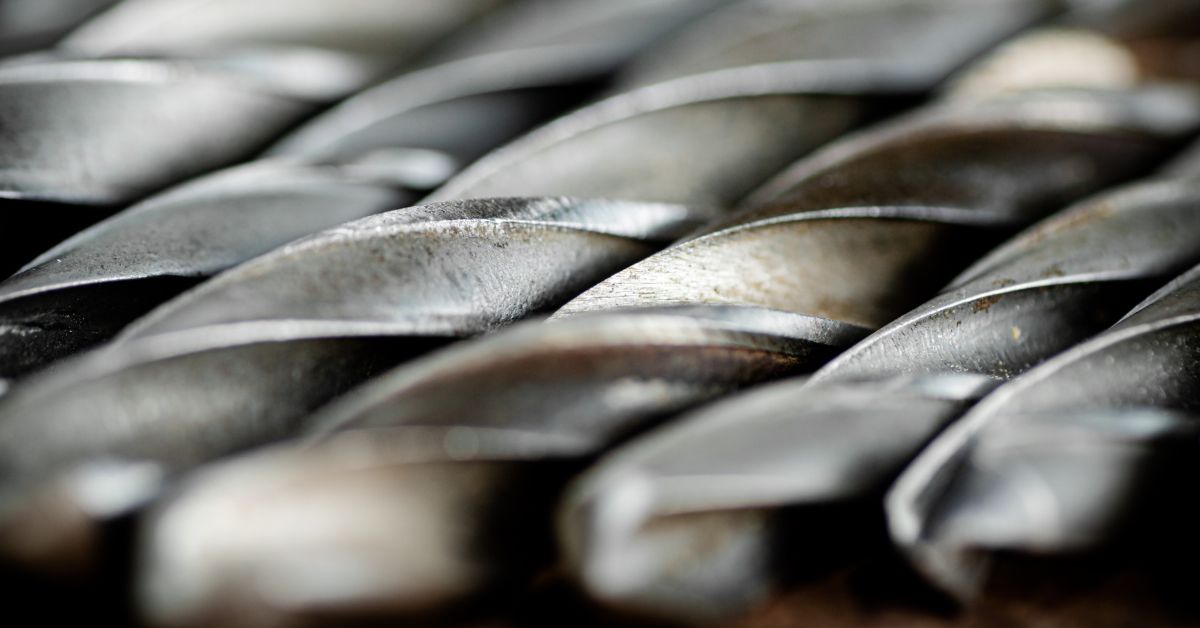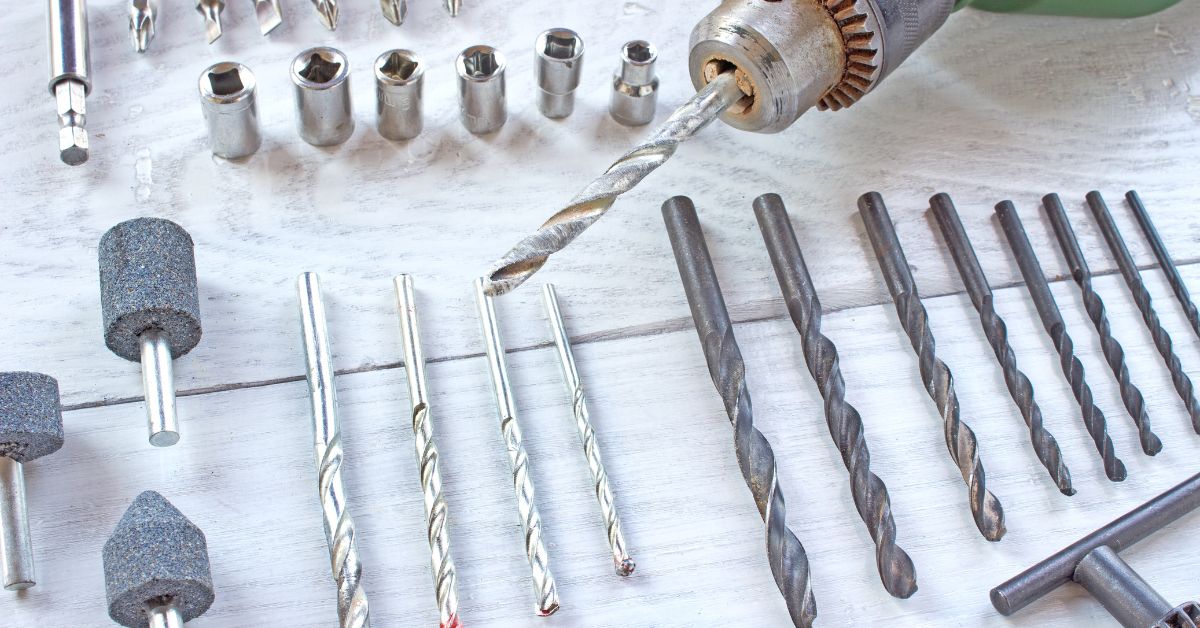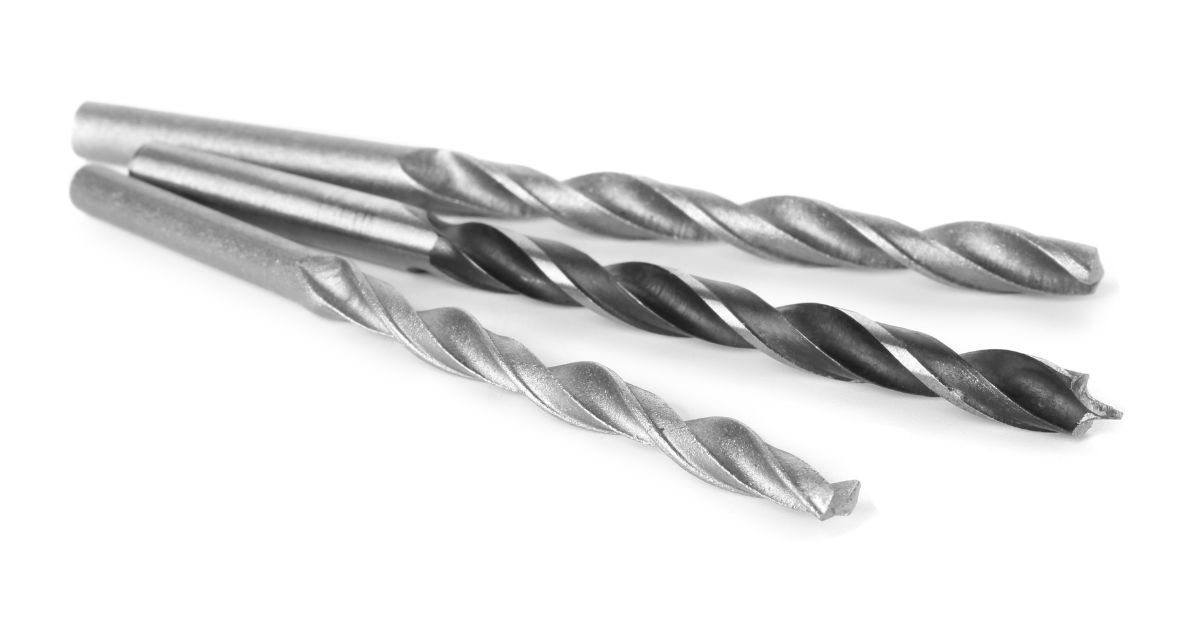Some unique challenges come with drilling raw composite materials. These substances often contain multiple components with contrasting properties. Selecting the appropriate drill bit ensures precision and a smooth finish, safeguarding the tool and material.
Understanding Composite Materials
Composite materials combine two or more elements that remain separate at a macroscopic level.
Levels of Material Structure
It’s essential to understand that we don’t analyze atomic, microscopic, and macroscopic levels similarly. Keep reading to learn more.
Atomic Level
We examine a material’s composition at the atomic level, including the types of atoms and the bonds that hold them together. This level influences the composite’s overall properties, such as strength and thermal resistance.
Microscopic Level
Moving up to the microscopic level, we can observe the arrangement and interactions of particles, such as resin matrix fibers. This level shows how the reinforcement materials contribute to the total output of the composite. It also indicates how defects arise during manufacturing.
Macroscopic Level
Bulk properties and behavior typically characterize the macroscopic level of composite materials during dynamic processes, such as drilling. This level encompasses factors such as thickness, shape, and surface finish, which are critical when selecting the right drill bit for effective machining without damaging the material.
Types of Composite Materials
Fiberglass
Fiberglass comprises fine glass fibers woven together and embedded in a resin matrix. It offers excellent tensile strength, is chemical resistant, and is relatively lightweight, making it a popular choice in automotive and marine applications.
Carbon Fiber
Carbon fiber is known for its remarkable strength-to-weight ratio and stiffness. This composite material comprises thin carbon strands, typically woven into a cloth or layered with resin. Manufacturers in aerospace have used carbon fiber for their applications, and others have successfully constructed sports equipment and high-performance vehicles using this material.
Wood Composites
Wood composites, such as plywood and particleboard, combine wood fibers and resin particles. This material provides increased durability and consistency compared to natural wood. The residential construction industry and furniture manufacturers typically use wood composites.
Properties of Composite Materials
Density
Material composite densities can vary significantly based on their components. Understanding their mass is crucial for determining their suitability for specific applications, especially in weight-sensitive industries.
Elasticity
Elasticity refers to a material’s deforming ability when under stress. Composites can have different elastic properties depending on their matrix and reinforcement materials, impacting their performance under load.
Thermal Conductivity
Some composites insulate against heat, while others efficiently dissipate it. This property is essential for applications needing temperature control.
The Importance of Drill Bit Selection
Choosing the right drill bit for composite materials is crucial. Incorrect bits can lead to chipping, cracking, or even melting, compromising the final product’s integrity.
Types of Drill Bits for Composite Materials
Twist Bits
Twist bits, the most common type, feature helical flutes that efficiently remove debris. They are suitable for a variety of materials.
Pros
- Versatile and widely available.
- Efficient debris removal enhances drilling speed.
Cons
- May struggle with tough materials.
Benefits
- Ideal for general drilling needs.
Best Applications
- Wood, plastic, and softer metals.
Brad Point Bits
Brad point bits are precise. They feature a center spur that holds the bit in place. They are beneficial for laminated composites and delicate surfaces as they minimize tear-out.
Pros
- Exceptional accuracy.
- Reduced risk of material damage.
Cons
- They are not ideal for thick materials.
Benefits
- A Brad Point produces clean, precise holes.
Best Applications
- It’s best for woodworking, especially on laminated or veneer surfaces.
Spade Bits
Spade bits excel in boring large holes quickly due to their flat, paddle-shaped design. They suit softer composites, but it’s essential to take caution because they can potentially splinter material.
Pros
- Fast drilling for large openings.
- Simple design makes them easy to use.
Cons
- It can cause splintering in some materials.
Benefits
- Ideal for quick jobs.
Best Applications
- It drills large holes into softwood and soft composites.
Identify the primary components of your composite. Fiberglass requires different treatment than carbon fiber or Kevlar. Match the bit’s material and coating to the composite’s characteristics.
Hole Saws
Hole saws have ring-shaped blades that cut large-diameter holes, and when paired with the proper arbor and pilot drill bits, you can work through complex composite structures better.
Pros
- Perfect for creating large holes.
- Versatile for various materials.
Cons
- It can be cumbersome to use for small projects.
Benefits
- Efficient for cutting through thick materials.
Best Applications
- Plumbing and electrical work.
Bit Coating
Step Drill Bits
Step drill bits feature multiple diameters along their shaft, allowing for various hole sizes without changing tools—their tapered design suits thin composite sheets and layered materials.
Pros
- Versatile for different hole sizes.
- Efficient for thin materials.
Cons
- Not suitable for very thick materials.
Benefits
- It saves time by eliminating the need for multiple tools.
Best Applications
- Sheet metal, plastic, and layered composites.
Coatings enhance a bit’s performance by reducing friction and heat buildup. Titanium and black oxide coatings extend the lifespan, while diamond coating suits abrasive materials.
What To Consider When Picking a Drill Bit
Drill Speed
Appropriate speed settings prevent overheating and material damage. Low speeds suit dense composites, while increased speeds work for softer ones.
Hole Diameter
Determine the desired hole size beforehand. Some composites may require pilot holes to reduce stress on the material and achieve cleaner results.
Precision Needs
Select bits with advanced centering features for high-precision tasks to minimize wobbling and improve drilling.
Tips for Drilling Composite Materials
Pilot Holes
It is essential to pre-drill pilot holes to create a stable entry point for the drill bit when working with dense composites. This step significantly reduces the likelihood of drill bit deflection, which can lead to inaccuracies and compromised results. You guide the drill more effectively by establishing a pilot hole, ensuring a straighter and cleaner penetration into the material.
Coolant Application
Applying coolants or lubricants is crucial when drilling into heat-sensitive materials. These substances dissipate generated heat from the drilling process that can damage the material and the drill bit. Using coolants protects your tools and prolongs their lifespan, allowing for more efficient and cost-effective operation.
Firm Clamping
Firmly secure the material you are working with to prevent movement while drilling. Movement leads to inaccurate hole placement and increases the risk of damaging the material or the tool. Ensure your clamping method is robust and stable, providing a solid foundation for your work.
Chip Evacuation
Regularly clearing chips and debris from the work area is vital for maintaining visibility and operational efficiency. Accumulated chips can obscure your view of the workpiece, making it challenging to drill accurately. Additionally, debris can clog the drill bit or the area around it, leading to overheating and potential tool failure. Routinely remove chips while working for a cleaner and safer drilling environment.
Navigate Your Drill Bit Search at Our Warehouse
You must understand your drilling tasks and what to expect in a drill bit when choosing the right drill bit for composite materials. Seek expertise from professionals, such as Drill Bit Warehouse, as you explore drill bit options for your composite material projects. Their team prioritizes quality and integrity, recommending products that align with their standards. Trust their guidance, whether sourcing carbide drill bits for hardened steel or other specialized tools. They ensure every recommendation reflects their commitment to excellence.






